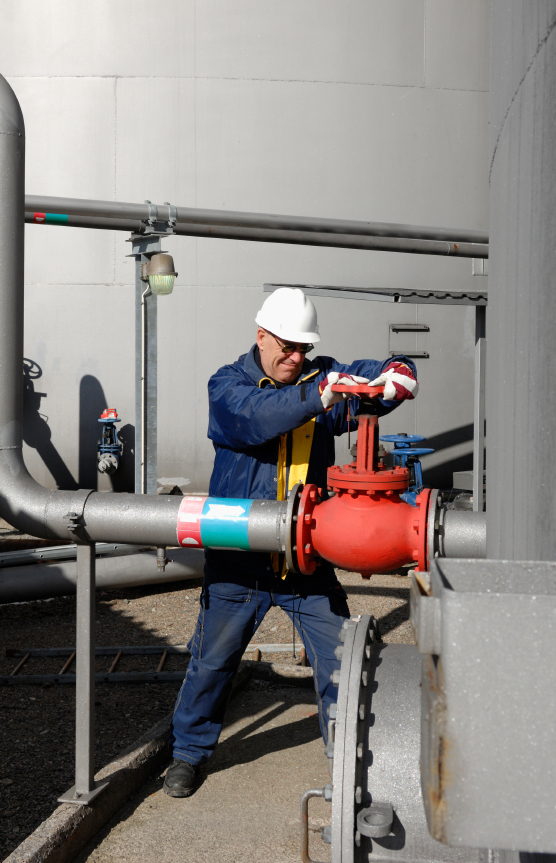Plumbers and Mesothelioma
For Plumbers, Mesothelioma Can Leak Everywhere Inside Body
Your work as a plumber probably exposed you to asbestos.
As a result, your risk for mesothelioma is moderate to high.
Plumbing products and supplies manufactured before the 1990s often contained toxic asbestos — and you probably handled some. They would have included:
- Metal pipes
- Cement pipes
- Water heaters
- Caulks, sealants and gaskets
If you worked jobs as late as the 1990s, there also was a likelihood that you were exposed to asbestos at sites where other trades were sequencing in around you to either stage or perform painting, electrical circuits, sprayed insulation, HVAC ducting and systems, roofing, ceiling panels or floors . All of these products may have contained asbestos.
If you’re working jobs today, the asbestos threat remains as great as ever in pre-1990s buildings.
A good rule of thumb: the older the building, the more you should regard it as a probable asbestos hazard.
The biggest risk is working around asbestos in confined spaces. Close quarters prevents asbestos in the air from dispersing. What you inhale is concentrated asbestos.
Asbestos in the Air You Breathed

Old water heaters are another common source of the asbestos encountered by plumbers. The insulating blanket between the tank and the outer shell is likely to be thick with asbestos that has come loose with age. The asbestos finds its way outside the unit once you remove the tie-downs and connections and begin moving the water heater around.
Asbestos also gets into the air when you remove ancient pumps, valves and gaskets.
Released asbestos fibers are very tiny and light – like dust particles. They can float for a long time in room air and are easy to breathe in.
Once inhaled, they become trapped in your lungs and remain there for decades. Eventually, they damage the healthy cells that form the protective lining around your lungs. Those healthy cells then turn into cancerous mesothelioma.
Unions Urge Asbestos Safety
Labor unions and trade groups serving plumbers have long been concerned about the effects of asbestos exposure on their members. They recommend that plumbers exercise caution when working in older buildings or anyplace where it is feared or suspected that you will encounter asbestos products.
A common method of protection against asbestos is the wearing of a respirator while working. Another method is to use protective gloves.
Safety experts also recommend wetting down any asbestos-containing material before cutting, drilling or otherwise disturbing it. This is said to help contain asbestos dust and limit its entry into the air.
Many plumbers belong to the United Association of Journeymen and Apprentices of the Plumbing and Pipe Fitting Industry of the United States, Canada and Australia. This union represents more than 370,000 active and retired tradesmen in North America and Australia. Members include not just plumbers but also fitters, welders and HVAC technicians.
